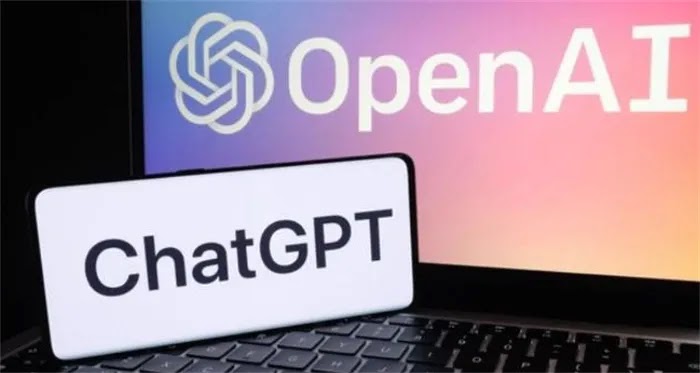Can (AI) Be Dangerous? Exploring the Potential Risks
Can Artificial Intelligence Be Dangerous? Exploring the Potential Risks
Introduction
Artificial Intelligence (AI) has become an integral part of our lives, revolutionizing various industries and enhancing efficiency. From voice assistants to self-driving cars, AI has showcased remarkable capabilities. However, as this technology advances, concerns about its potential dangers have also emerged. In this article, we will delve into the question: can artificial intelligence be dangerous? We will explore the risks associated with AI and offer insights into how we can mitigate them.
Understanding Artificial Intelligence
Before discussing the potential dangers, it is crucial to understand what AI entails. Artificial Intelligence refers to the development of computer systems capable of performing tasks that would typically require human intelligence. These systems learn from data, recognize patterns, and make decisions or predictions based on this acquired knowledge.
The Benefits of Artificial Intelligence
Artificial Intelligence has brought numerous benefits to society. It has revolutionized healthcare, aiding in disease diagnosis and personalized treatments. AI-powered chatbots have improved customer service, and recommendation algorithms have enhanced user experiences. In fields like transportation and manufacturing, AI has optimized operations, leading to increased productivity and reduced costs.
Potential Dangers of Artificial Intelligence
While the potential benefits of AI are undeniable, it is crucial to acknowledge the potential dangers associated with its advancement.
1. Unemployment and Job Displacement:
As AI technology advances, there is a concern that automation may replace human workers in various industries. Jobs that involve repetitive tasks or data analysis could be at risk. It is essential to focus on retraining and upskilling the workforce to ensure a smooth transition and minimize the negative impact on employment.
2. Bias and Discrimination:
AI systems learn from the data they are trained on. If the training data is biased, the AI can perpetuate those biases, leading to discriminatory outcomes. For example, biased algorithms used in hiring processes can reinforce gender or racial biases. It is essential to develop robust guidelines and standards to ensure fairness and inclusivity in AI systems.
3. Privacy and Security Concerns:
AI applications often rely on vast amounts of data to function effectively. This raises concerns about privacy and data security. Unauthorized access to sensitive information can have severe consequences, such as identity theft or misuse of personal data. Developers and policymakers must prioritize data protection and implement stringent security measures.
4. Lack of Accountability and Transparency:
AI systems can be complex, making it challenging to understand their decision-making processes. This lack of transparency raises concerns about accountability. If AI makes a wrong decision or causes harm, it can be challenging to attribute responsibility. Developing explainable AI models and establishing regulatory frameworks can help address these concerns.
Mitigating the Risks
While the potential dangers of AI exist, they can be mitigated through proactive measures. Here are some strategies to address the risks:
1. Ethical Guidelines and Regulations:
Developing comprehensive ethical guidelines and regulatory frameworks is essential to ensure responsible AI development and deployment. These guidelines should emphasize transparency, fairness, privacy, and accountability, while also accounting for potential risks and their mitigation.
2. Robust Testing and Validation:
AI systems should undergo rigorous testing and validation to identify and rectify potential biases, vulnerabilities, or unintended consequences. This process should involve diverse data sets and comprehensive evaluation methods to ensure the system's reliability and safety.
3. Continuous Monitoring and Human Oversight:
Implementing continuous monitoring and human oversight is crucial to detect and rectify any issues that may arise during the operation of AI systems. Human intervention can ensure that AI algorithms are making ethical and unbiased decisions, and can intervene if necessary.
4. Data Governance and Privacy Protection:
Organizations must prioritize data governance and implement robust privacy protection measures. This includes obtaining informed consent, anonymizing data, and ensuring secure storage and transmission of sensitive information. Compliance with data protection regulations, such as the General Data Protection Regulation (GDPR), is essential.
5. Collaboration and Interdisciplinary Research:
Addressing the risks associated with AI requires collaboration among various stakeholders, including researchers, policymakers, industry experts, and ethicists. Interdisciplinary research can foster a holistic understanding of the potential dangers and enable the development of effective solutions.
Conclusion
Artificial Intelligence holds immense potential to transform our lives positively. However, we must be mindful of the potential dangers it poses. By understanding and addressing the risks associated with AI, we can create a framework that maximizes the benefits while minimizing the negative consequences.
Developing ethical guidelines, implementing robust testing and validation processes, ensuring continuous monitoring and human oversight, prioritizing data governance and privacy protection, and fostering collaboration are essential steps in mitigating the risks. By taking these proactive measures, we can harness the power of AI while safeguarding against its potential dangers.
Disclaimer: While this article explores the potential risks of artificial intelligence, it is important to note that the views expressed are based on current knowledge and understanding. The field of AI is rapidly evolving, and new challenges and solutions may emerge over time.





